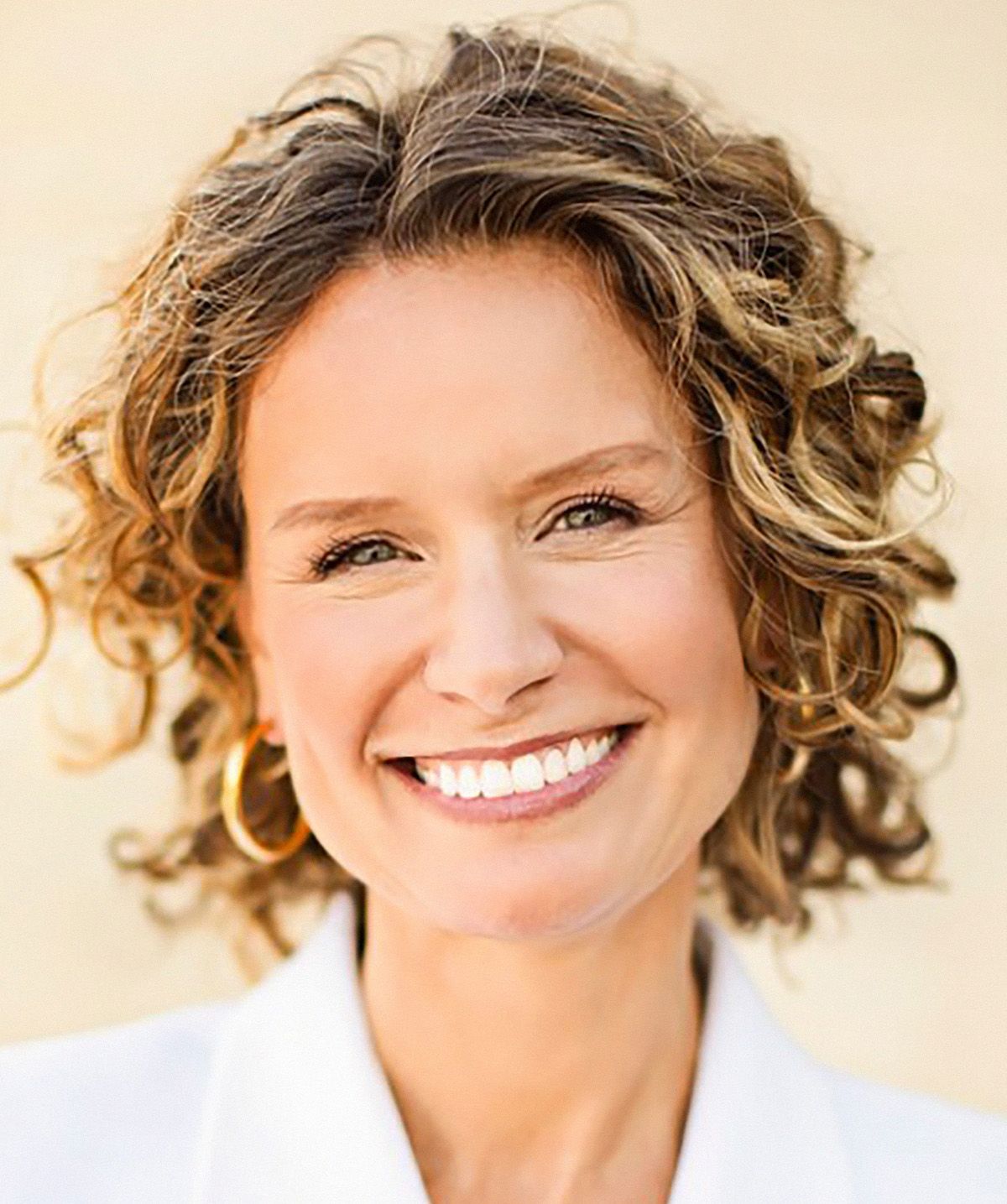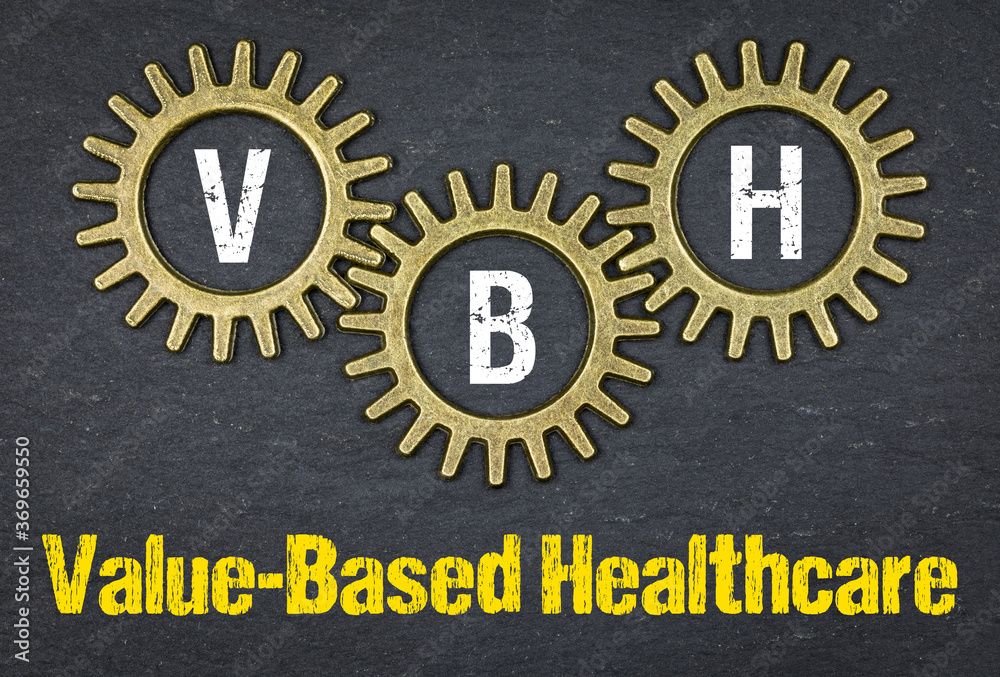Blog
Article
Solving human challenges to drive bottom line results
Author(s):
Staffing is the top issue for most health care administrators – and a primary focus on automating to unscramble human workflow problems will lead naturally to improved revenue and business efficiency.
© lenetsnikolai - stock.adobe.com

A recent survey shows a major concern for today’s health care organizations: Staffing challenges and administrative burden are overwhelming physicians, other clinicians, and providers who are struggling to meet revenue targets and keep morale high. The survey found only 35% were optimistic about the future of the medical profession and less than half of workers reported high morale. Separately, the U.S. Centers for Disease Control and Prevention report that recently some 93% of health workers reported being stressed out and 82% emotionally and physically exhausted.
In this environment where organizations constantly face pressures to do more with less, it makes sense to focus on introducing technology and improving efficiency as solutions to human problems rather than as simply matters of business economics. By prioritizing worker morale and internal optimism as the primary driving factors in their organizational change, health care practices will more easily find staff support for new solutions, reduce the likelihood of human errors, and transform their businesses in ways beneficial for both the bottom line and staff morale.
Bryant Hoyal
Relatient

Three initiatives to prioritize include:
- Automate provider scheduling preferences.
Managing provider preferences is the top scheduling challenge, according to 31% of executives surveyed in a recent study conducted by the Medical Group Management Association (MGMA). Notably, 58% rely on internal staff knowledge (vs. automated rules) to navigate the issue – a high-risk problem when staff turnover occurs. Organizations should automate their scheduling processes with a centralized intelligent database that has guided workflows, documented decision trees, scripted pop-up questions and hard-coded rules that work behind the scenes to honor provider preferences and automate manual human processes.
Most scheduling systems don’t take into consideration that physicians’ schedules vary considerably by time of day, day of week, season of the year, geographical location, or physician preference. Smart scheduling that uses rules-based intelligence should adapt to specific physician rules and preferences by recognizing that a physician is often more likely to quickly book time at busy central location A vs. rural location B, or that more patients might prefer Monday morning appointments to Friday afternoons. Using automation to find ways to align patient preferences with physician rules and preferences helps maximize physician capacity to achieve provider satisfaction while growing the organization’s bottom line.
- Simplify staff onboarding.
A particularly exhausting issue of concern and one that noticeably affects culture at many health care organizations is staff turnover. Almost nine of 10 health care executives in the MGMA survey say they’ve faced administrative staffing challenges over the last 12 months, and more than one third (35%) found those staffing challenges have had a negative impact on staff morale.
Turnover costs include the expense of recruiting, hiring, and training new employees, the cost of temporarily filling staffing gaps, as well as the toll these changes take on the rest the of team. Among primary care physicians alone, turnover costs the U.S. health care system nearly $1 billion annually.
The time an organization must spend onboarding new employees is driven not only by how high staff turnover is but critically by how much training every new member of the staff requires. Automation reduces that radically and can cut required training time from months to days.
For instance, training a new staff member how to flip through binders of scheduling instructions, navigate through complex spreadsheets of rules and remember one-off provider preferences requires a huge learning curve. However, for organizations that have invested in automating those rules in a centralized system, that challenge no longer exists – and the organization and its staff realize a tremendous amount savings in both time and money.
Further, taking these critical thinking skills out of the scheduling process allows managers to open up the pool of potential new hires to less experienced schedulers, enabling organizations to fill positions quicker with less costly staff.
By aggressively transforming their organizations digitally through increased automation, many health care institutions are able to reduce staffing costs.
- Fill every slot using automated reminders, waitlists, and smart overbooking.
It’s important to integrate contingencies into appointment booking. Planning for contingencies improves physician utilization. Many provider organizations lose tremendous potential revenue due to unfilled time because they either haven’t managed to fully book enough patients with the right conditions to match physician availability or because they lose planned appointments due to no-shows and late cancellations.
Some organizations today simply accept this waste as a cost of doing business, but setting up smart and dynamic scheduling systems to monitor patient populations and fill appointment gaps will help significantly to alleviate the problem. Text-based appointment confirmations the day prior to a scheduled appointment can reduce no-shows and identify late cancellations in time to reschedule. Automated waitlists can leverage the hours after the practice closes to offer newly opened slots to patients on the waitlist, one by one until the next day’s slots are filled. Full schedules lead to happy providers, which then leads to happy staff.
The critical nature of human factors
Staffing continues to be the most pressing concern for U.S. medical practices in 2023, and labor costs account for more than 50% of most health care systems’ operating expenses. A recent Forbes survey found that automation improves employee satisfaction by 92%. In today’s health care environment smart, rules-based automation makes more sense than ever.
Bryant Hoyal is vice president of client services, strategic accounts, at Relatient, a leading intelligent patient scheduling and engagement technology company that utilizes a data-led approach to improving access to care.





